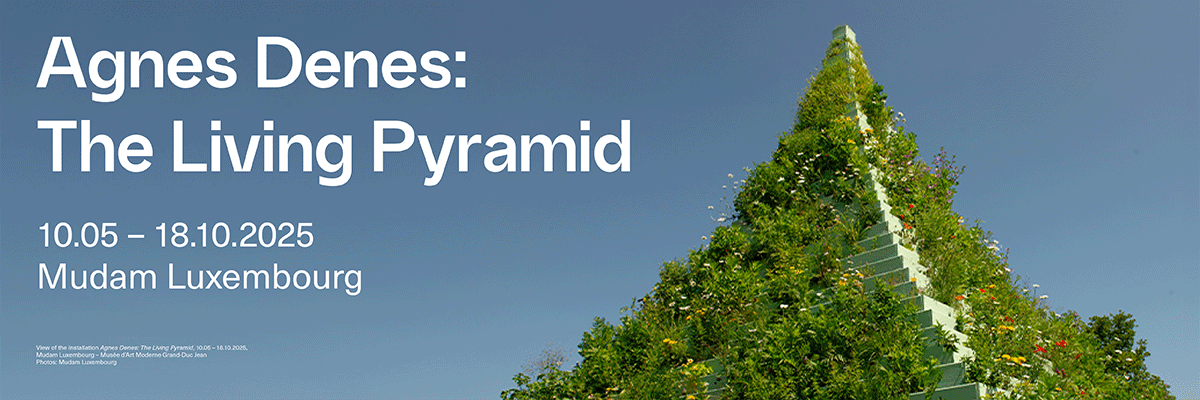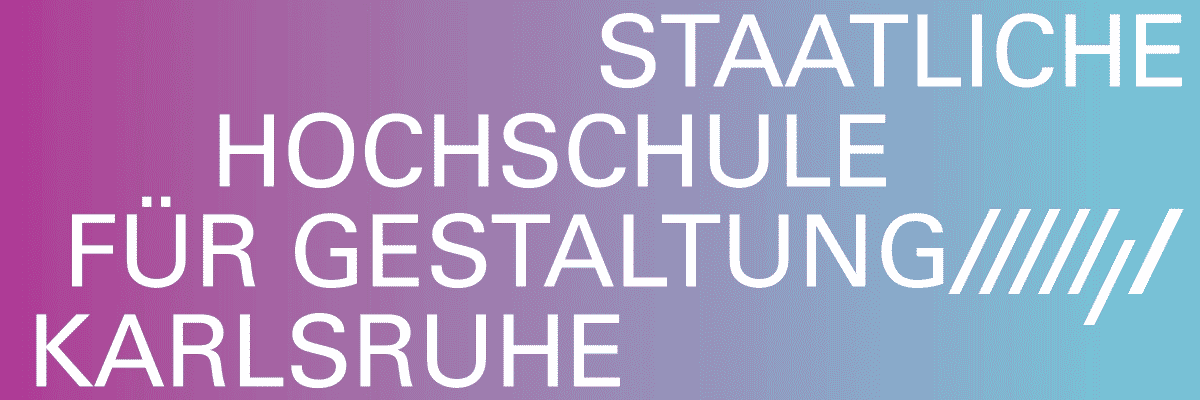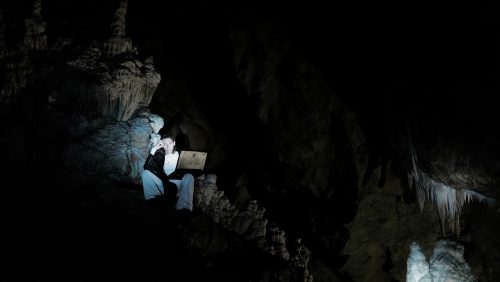
Gillies Adamson Semple
Several Architectural Variations
Project Info
- 💙 piloto pardo
- 💚 Philippa zu Knyphausen
- 🖤 Gillies Adamson Semple
- 💜 Philippa zu Knyphausen
- 💛 Adamson Studio
Share on
Advertisement

Installation View

Untitled, 2025 / Fired earthenware, aluminium, sterling silver, iron oxide / 18 x 21 x 11 cm

Untitled, 2025 / Fired earthenware, iron oxide / 13 x 12 x 5 cm

Untitled, 2025 / Fired earthenware, sterling silver / 33 x 10 x 7 cm

Untitled, 2025 / Hanji Paper, iron oxide / Variable dimensions

Untitled, 2025 / Fired earthenware, oak, nail, sterling silver / 18 x 4 x 11 cm
Several Architectural Variations
Gillies Adamson Semple has been travelling to Scotland to fire a series of ceramic works. The earthenware pieces were fired in both an industrial kiln and a homemade one. The shapes and forms of the works evoke some sense of structure that could be architectural, or in other words, suggest habitation. However, they don’t seem to arrive at a structurally suitable form. They are imagining architecture as a condition; precarious, partial, and often improper. Each piece offers a fragment or suggestion: rooflines without rooms, walls without interiors, thresholds that lead nowhere.
In this imagination, it is that we connect to a different element: absence. Earthenware particularly plays with the absence of a glaze or finish, and the several architectural variations propose a shuffling of possibilities outside functionality. This connects to Adamson Semple’s broader practice and inter- ests, often involving picking up materials and moments from different sites and letting them live in his studio over time, until sound becomes an object and an element’s value not only shifts but shapes into something else. Through intersectional combinations, he holds on to potential until it arrives somewhere else entirely. In this case, he delves into the potential of material as a means to imagine architectures that don’t exist or will ever exist.
The wooden beams in the middle of the gallery, in contraposition, have been removed from an actual architectural site elsewhere. They have been stripped of their functional purpose, and now they lie in the centre of the gallery, catching the light leisurely. The site of collection is the same as that used in a previous exhibition, elongating the continuity that distils into the works’ desire for permanence and utility. The wall pieces suggest an abstract translation that combines some of the same colouring used in the ceramics on a traditional Korean paper used in architecture.
It is in the juxtaposition between elements that we arrive in a room that disobliges the urge of mate- riality to adopt a primary function. Instead, the procedure of living amongst designed spaces, built by people for people’s use, becomes of interest. Sympathetic to entropy, Gillies Adamson Semple suggests and evokes a counterintuitive practice of assembling pieces together, whether they be found, created, or, simply, absent.
Philippa zu Knyphausen




